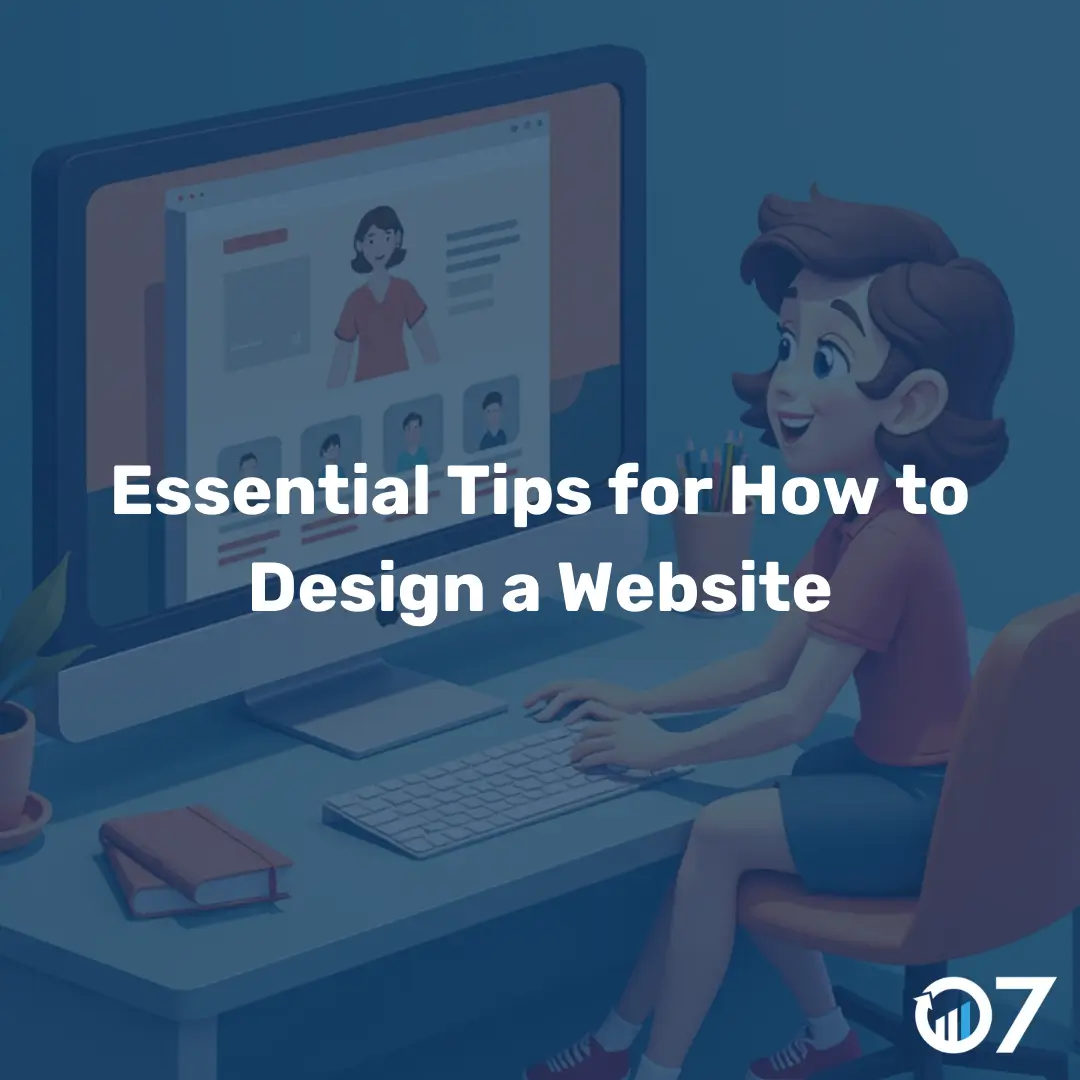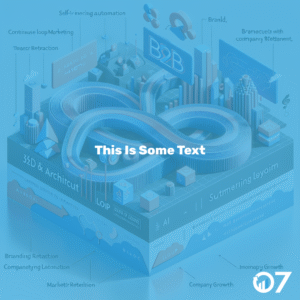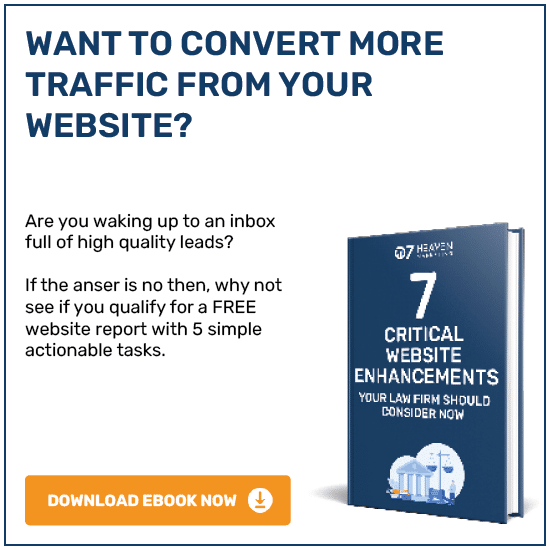How to design a website can be a game-changer for businesses looking to establish an online presence. By following these tips, you can create a site that not only looks great but also performs well.
Understanding Your Audience
Before diving into the design process, it’s crucial to understand who your audience is. Knowing your target audience will guide many of your design decisions, from layout to content.
Conduct Market Research
Start by conducting market research to understand your audience’s needs and preferences. Use tools like surveys, interviews, and analytics to gather data.
Create User Personas
Develop user personas to represent your ideal customers. These personas should include demographic information, goals, and pain points.
Planning Your Website
Once you understand your audience, the next step is to plan your website. This involves defining your site’s goals, creating a sitemap, and planning your content.
Define Your Goals
Clearly define what you want to achieve with your website. Whether it’s generating leads, selling products, or providing information, your goals will influence your design choices.
Create a Sitemap
A sitemap is a visual representation of your site’s structure. It helps you organise your content and ensures that your site is easy to navigate.
Plan Your Content
Content is king when it comes to website design. Plan your content carefully, ensuring it is relevant, engaging, and valuable to your audience.
Designing Your Website
With your planning complete, it’s time to start designing your website. Focus on creating a user-friendly design that aligns with your brand.
Choose a Design Tool
There are many design tools available, from drag-and-drop builders to more advanced software. Choose a tool that suits your skill level and needs.
Focus on User Experience (UX)
User experience is crucial for keeping visitors on your site. Ensure your design is intuitive, with clear navigation and a logical layout.
Make It Mobile-Friendly
More people are browsing the web on their mobile devices than ever before. Ensure your site is responsive and looks great on all screen sizes.
Use High-Quality Images
Images can make or break your website design. Use high-quality images that are relevant to your content and enhance your site’s visual appeal.
Optimising for SEO
Search engine optimisation (SEO) is essential for driving traffic to your site. Optimise your site to improve its visibility in search engine results.
Use Relevant Keywords
Identify and use relevant keywords throughout your site. These keywords should be naturally integrated into your content, titles, and meta descriptions.
Optimise Your Images
Optimise your images by using descriptive file names and alt text. This helps search engines understand what your images are about.
Improve Page Load Speed
Page load speed is a critical factor for SEO. Use tools like Google PageSpeed Insights to identify and fix issues that may be slowing down your site.
Testing and Launching Your Website
Before launching your site, it’s essential to test it thoroughly. This ensures that everything works as it should and provides a seamless experience for your visitors.
Conduct Usability Testing
Usability testing involves observing real users as they interact with your site. This helps identify any issues and areas for improvement.
Test on Multiple Devices
Test your site on various devices and browsers to ensure it looks and functions correctly across the board.
Launch Your Site
Once you’re confident everything is working correctly, it’s time to launch your site. Promote your launch through your marketing channels to drive traffic to your new site.
Maintaining Your Website
Launching your site is just the beginning. Regular maintenance is essential to keep your site running smoothly and ensure it continues to meet your goals.
Update Your Content
Regularly update your content to keep it fresh and relevant. This not only benefits your visitors but also helps with SEO.
Monitor Performance
Use analytics tools to monitor your site’s performance. Track metrics such as traffic, bounce rate, and conversion rate to identify areas for improvement.
Fix Issues Promptly
Address any issues that arise promptly. This includes fixing broken links, updating outdated content, and resolving technical issues.
Essential Tips for How to Design a Website Conclusion
Designing a successful website involves careful planning, a focus on user experience, and ongoing maintenance. By following these tips, you can create a site that not only looks great but also helps you achieve your business goals.
For more insights and tips, visit our blog or contact us via email at info@07hm.co.uk or by telephone at 01702 410663.





